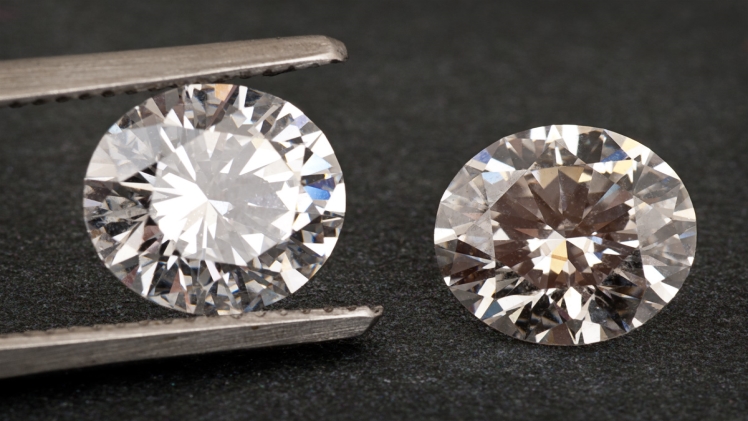How Do Lab Grown Diamonds Compare to Natural Diamonds?

Compared to natural diamonds, how do they compare? Let’s discuss similarities and differences, quality and price, and environmental impact. The results might surprise you. Regardless of the decision you make, remember that lab grown diamonds are not a substitute for natural diamonds. You should choose them only if they meet your personal and financial needs.
Similarity to natural diamonds
Although both natural and lab grown diamonds nz look very similar, the two types are not the same. They are formed under the same conditions, but the processes used to grow them are quite different. The only way to differentiate between the two is to use trained gemologists and sophisticated equipment.
There are a few things to remember when choosing a lab grown diamond. The first is its composition. It should be clear that a natural diamond is the purest form of diamond, and a lab grown diamond is a synthetic version of it. Although they are both made from carbon, they are not identical to each other. This makes it essential for consumers to check their lab diamonds to ensure that they are as similar as possible to natural diamonds.
The difference in cost is another key factor to consider when deciding between natural and lab grown diamonds. Natural diamonds are more expensive, and lab grown diamonds have a lower price tag. Although lab grown diamonds are similar to natural diamonds in color and clarity, they are not the same.
Price
Lab grown diamonds UK are often priced much lower than their mined counterparts. This allows customers to purchase bigger, better quality stones for a fraction of the cost. The lab-grown diamonds are about 25 percent larger than their mined counterparts. In addition, they are more durable than their mined counterparts.
Despite the lower price, diamonds from labs are very similar to mined diamonds. The difference is in the size and the carat. Typically, a one-carat diamond would be an engagement ring. However, a lab-grown diamond is usually much larger than a one-carat diamond.
In New Zealand, lab-grown diamonds can cost up to 30% less than a natural diamond. They are also more affordable than natural diamonds, and can be a great alternative for those on a tight budget. However, like any other gemstone, they can vary greatly in price. Since lab grown diamonds are relatively new to the jewelry industry, there is some uncertainty regarding the future pricing of lab grown diamonds.
Quality
Lab-grown diamonds are created in a controlled environment using pressure and heat to create a diamond that has the same beauty and quality as a mined diamond. These diamonds are also much cheaper than natural diamonds. Another benefit of lab-grown diamonds is that they are available in almost any color. They are usually white, but can be yellow, blue, or green. In the future, rapid technological advancements will allow these diamonds to be created in many other fancy colors as well.
While Australia has been slower than the US in recognizing lab-grown diamonds, the market for them is expected to continue to grow as demand increases. This growth is primarily due to consumer demand for more affordable, sustainable diamonds.
Environmental impact
Lab-grown diamonds are much better for the environment than their mined counterparts. Mining diamonds is a dangerous process that uses a huge amount of electricity and hydrocarbons, and emits high levels of greenhouse gases and water. Moreover, mining also causes many other problems, including contaminating soil and water and contributing to climate change.
Diamond producers agree to offset or reduce their climate impact. They do so by measuring their energy consumption and other production-related environmental impacts. They are required to offset their entire climate footprint, including annual greenhouse gas emissions, additional climate pollutants, and legacy emissions from previous years of operations. This demonstrates their commitment to making their industry as green as possible.
In addition, lab-grown diamonds are available in the same colours, shapes, and qualities as mined diamonds. However, since lab-grown diamonds are still relatively new, there aren’t as many of them available in higher quality and large sizes as their mined counterparts.
GIA certification
If you are in the market for a diamond, you may be interested in learning more about GIA certification. There are several benefits to GIA certification. One of them is that you can be sure that your diamond is 100% natural. Another benefit is that you can trust the report issued by GIA. The GIA report is not only informative, but it also contains important details about the diamond’s origin.
Conclusion
When shopping for a lab grown diamond, make sure that you look for a certificate from a credible lab. The GIA will certify the diamond with a report number that is attached to the girdle of the stone. This certification guarantees that your diamond has met the same high quality standards as the diamond manufacturer.
